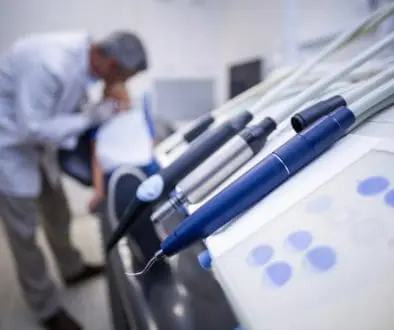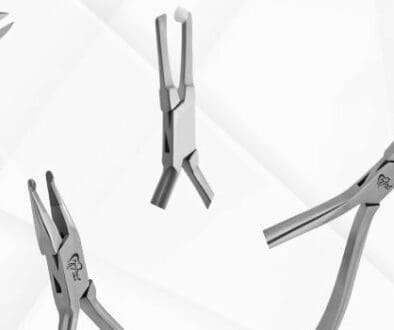Tips for Educating Patients About Brushing with Braces

You know that a straight, healthy smile is about more than appearance; it can improve your patients’ oral health. However, orthodontic clients tend to be less diligent about dental hygiene than their peers who don’t wear braces. Therefore, hygienists play a critical role in teaching patients how to clean their teeth properly when wearing braces.
According to the American Journal of Orthodontics and Dentofacial Orthopedics, adults are seeking orthodontic treatment in record numbers. With such an increase, your role as a health educator is more important than ever.
If teeth aren’t cleaned properly while braces are worn, bacteria gathers and cavities develop, causing problems that will make it more difficult for patients to achieve the results they want. Therefore, we’ve compiled a short list of tips on how to educate your patients on the finer points of brushing with braces.
1. Provide a different perspective.
Even with mirrors and magnifiers, your patient simply doesn’t have the vantage point you do. It’s easier for you to look into his or her mouth than it is for your patient to examine back molars. Often, a visual aid will go a long way toward helping them learn what methods they should be using while brushing.
Consider using a plastic model of the mouth and teeth and a toothbrush to demonstrate problem areas and how to best address them. Depending upon the age of your patient, you may encourage him or her to use a toothbrush to demonstrate the correct brushing method on the model.
2. Provide the tools needed.
You can’t expect your patients to care for their teeth properly if they don’t have the equipment needed. That’s why it’s so important to have a compact, convenient orthodontic kit. In addition, be ready to explain how items such as cooling wax can benefit them.
3. Provide encouragement
While you may have treated hundreds of orthodontic patients, this could be your patient’s first foray into this process. It can be intimidating, and there’s a lot of information to process. Adolescents may face teasing, and adults may be worried about how their coworkers and clients will perceive their dental work.
Now is the time to talk to them about the benefits of this treatment, ensuring them that any temporary inconvenience is well worth the end result.
4. Provide helpful information—and let your patients know where to find reliable websites.
Too many patients turn to “Dr. Google” for advice. While reputable sites, such as the one for the American Dental Association, offer useful information, others may be erroneous at best and damaging at worst.
In addition to a handout, give your patients information on websites and reliable apps that can provide advice, tips and useful tools to help them maintain healthy teeth during this process.
While innovative technology has made it easier than ever for patients of all ages to get that perfect smile, orthodontic correction is still a long-term process. As a dental hygienist, you are a critical part of the health care team, working together with your clients to help ensure they continue good oral health habits long after the braces have been removed.
At Diatech, we manufacture superior and innovative products for the dental industry… for the dentist, dental hygienist, dental assistant, orthodontist, endodontist and lab technician. We stand behind our promise of uncompromised quality and the best in competitive pricing.





